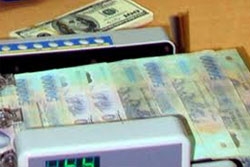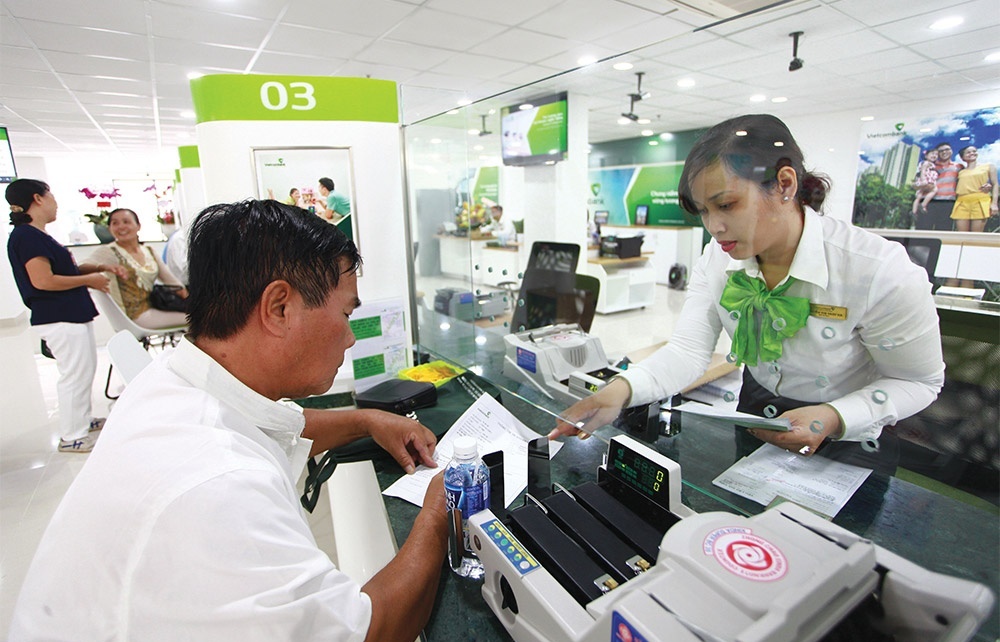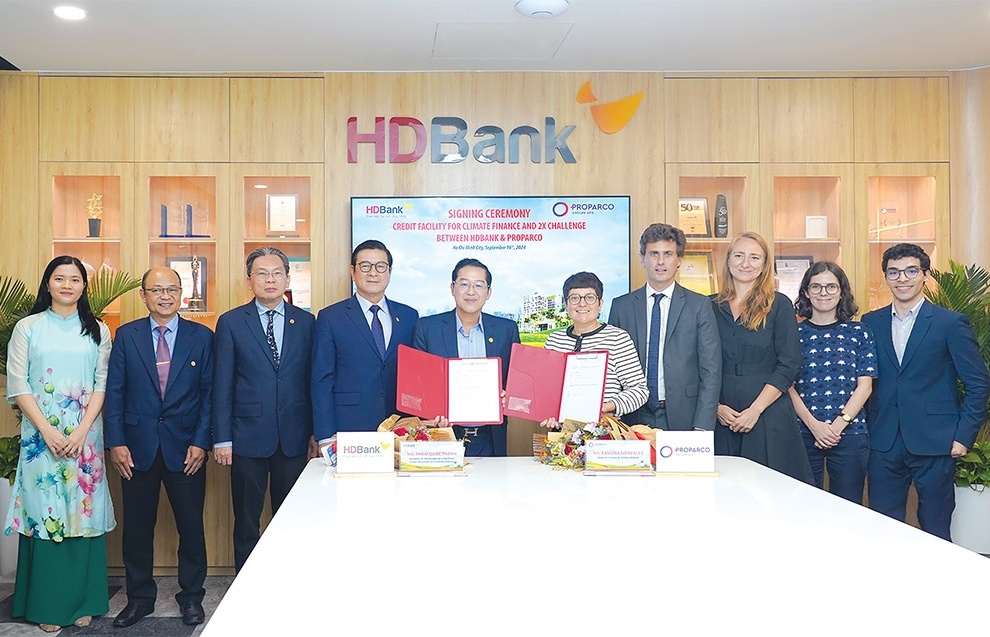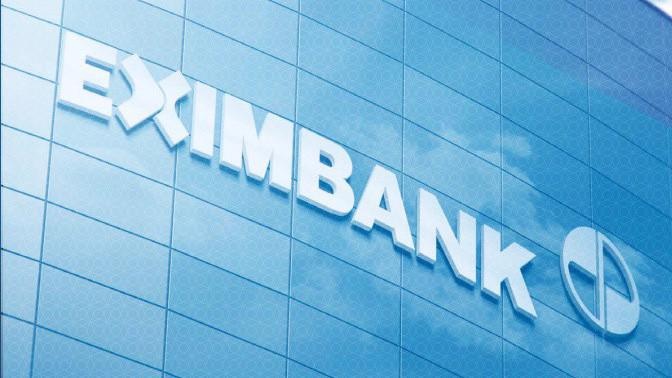Quick action to address bad debts
 >> Black mark for banks’ lending
>> Black mark for banks’ lending
Currently bad debts accounted for 6.67 per cent of Agribank’s total outstanding loans, mainly committed to property projects in Hanoi and Ho Chi Minh City during 2008-2009, said Agribank's chairman Nguyen Ngoc Bao.
To reduce bad debts, Agribank presented a comprehensive suite of measures to restructure loan schemes and liquidate non-performing loans to procure capital.
However, a tightening of credit towards property development and a hostile business climate are major hurdles for banks to bring down bad debt rates.
The director of a joint stock commercial bank, with a 3 per cent bad debt rate, said the bank had made strides to restructure its loans.
"Lending to property will lift profit rates, but losses are also remarkable. Our bank will increase rolling out personal loans and lending to agriculture and rural areas," said the executive.
Besides, the bank also considered selling property relative to bad debts to take back capital. The bank executive, however, said there would not be a sell-out of property since the market was low.
Though VietinBank's current bad debts just occupy over 2 per cent and bank had doubted that amount to the risk hedge funds, its chairman Pham Huy Hung asserted the bank would further structure loans so as to bring bad debt rate to less than 1 per cent of total outstanding loan by the year's end.
In the coming period, VietinBank will expand concessionary lending at 13.5 per cent, per year to temporary food purchases in southwestern areas and at 15-16 per cent, per year to export seafood processing and supporting industries, said the bank’s leader.
What the stars mean:
★ Poor ★ ★ Promising ★★★ Good ★★★★ Very good ★★★★★ Exceptional
 Tag:
Tag:
Related Contents
Latest News
More News
- The promotion of ESG via banking (November 21, 2024 | 09:32)
- Standard Chartered committed to Vietnam’s financial success (November 21, 2024 | 09:24)
- Full ESG adoption the priority for Agribank (November 21, 2024 | 09:07)
- Banks entice youth with tech advances (November 21, 2024 | 08:00)
- Banks shaping the future as business advisors (November 20, 2024 | 21:00)
- ESG represents a shift towards sustainability for banks (November 20, 2024 | 13:00)
- GGGI supports Vietcombank’s debut of $80 million green bonds (November 20, 2024 | 11:20)
- SHB and the ESG journey: creating social value in every step (November 19, 2024 | 15:00)
- Banking sector contributes to ESG, green growth, and sustainable development (November 19, 2024 | 14:42)
- ESG implementation in banking: from awareness to action (November 19, 2024 | 12:08)























 Mobile Version
Mobile Version